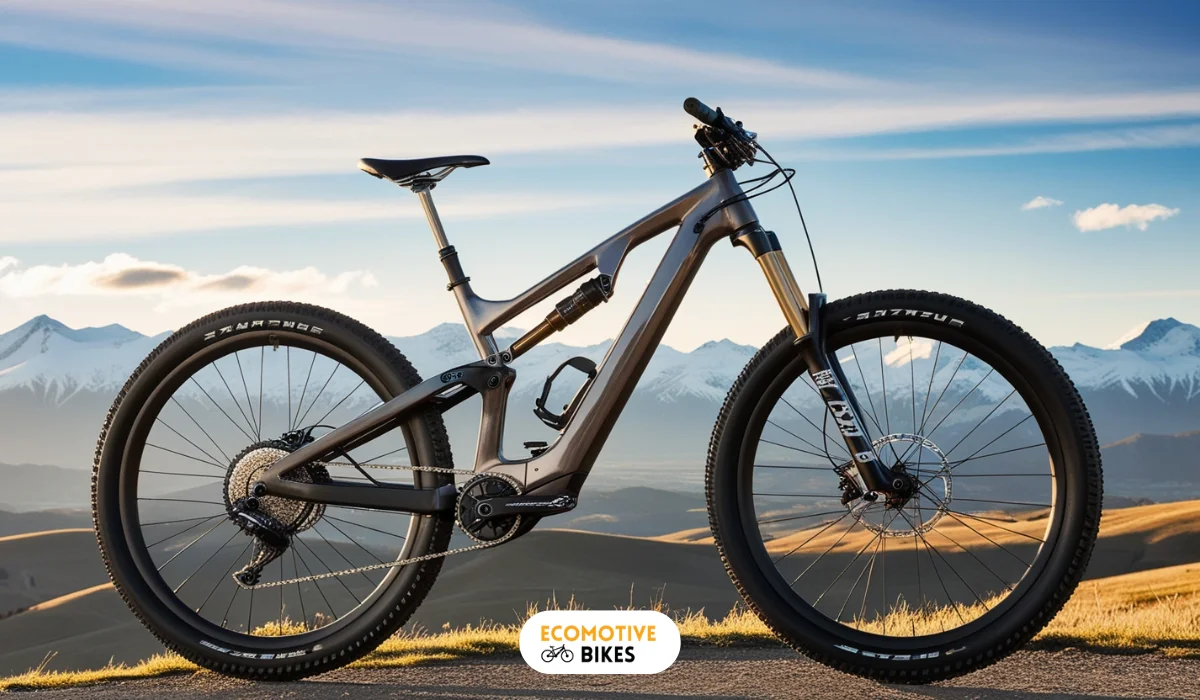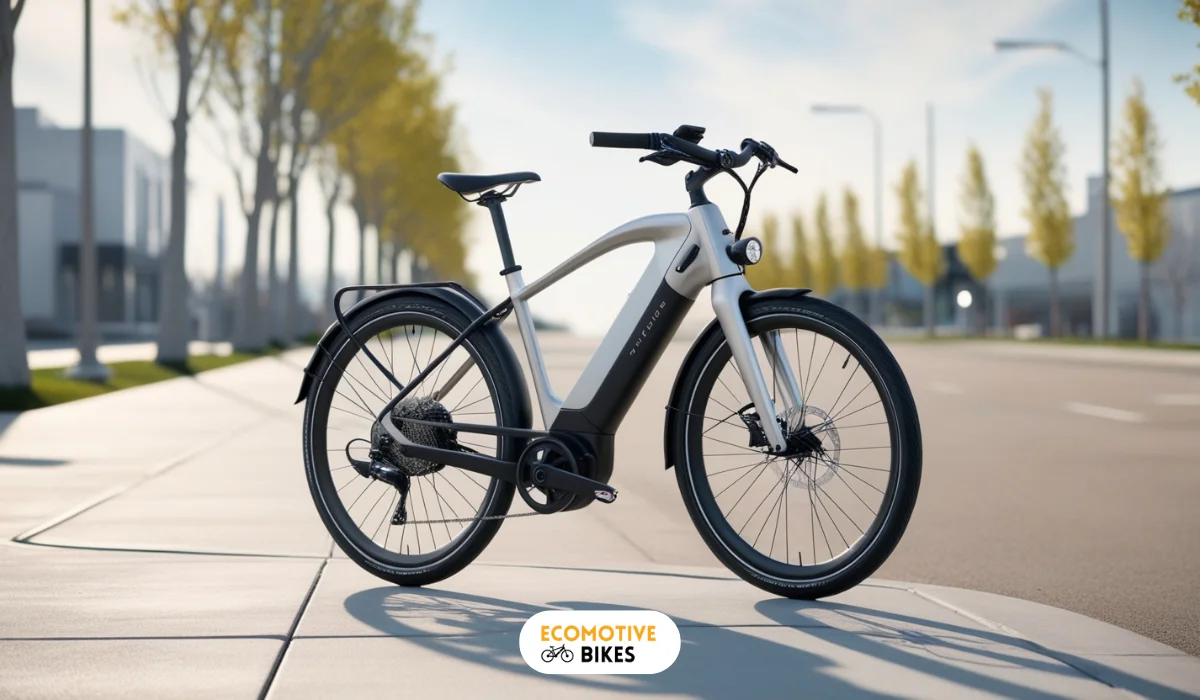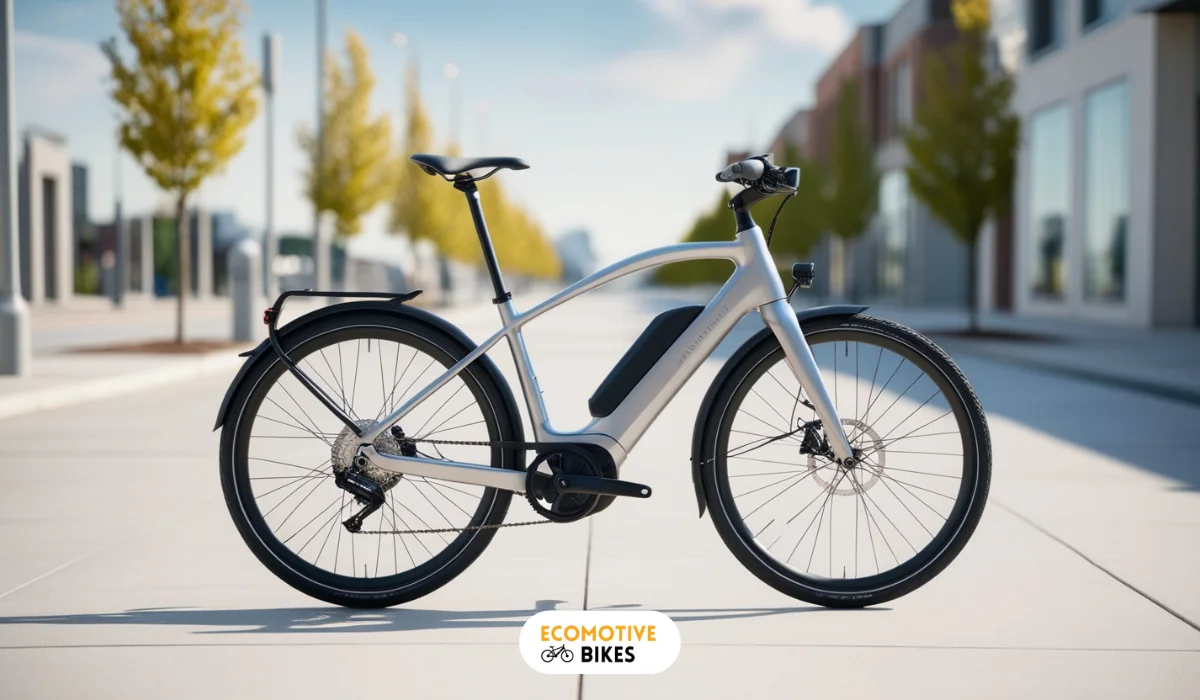Are all e-bike batteries same?
Are all e-bike batteries same? Learn about types, performance, and compatibility to ensure you choose the right battery for your electric bike.
Table of Contents
Related Articles:
Just like electric bicycles themselves, the batteries that power them come in a variety of types and sizes. But are all e-bike batteries same?
In the world of e-bikes, not all batteries are created equal. From Lithium-Ion to Nickel-Cadmium, each type of battery offers unique features and benefits that cater to different needs and preferences.
In this blog post, we will investigate into the seven common types of e-bike batteries, discussing their capabilities, maintenance requirements, and suitability for various riding scenarios. So, if you’ve ever wondered about the differences between e-bike batteries, read on to discover which one may be the best fit for your electric bicycle.

Understanding e-bike batteries
Types of e-bike batteries
To ensure optimal performance of your electric bike, it is crucial to understand the different types of batteries available. There are several common options used in electric bicycles, each with their own unique characteristics.
Any decision regarding the type of battery should be based on factors such as capacity, weight, and power output. Here is a breakdown of the common types of e-bike batteries:
| Types | Characteristics |
|---|---|
| Lithium-Ion | Long-lasting, powerful, slightly heavier |
| Nickel-Cadmium | High capacity, expensive, requires maintenance |
| Lithium Cobalt | Lightweight, suitable for mountain rides |
| Lead-Acid | Cheap, best for short rides |
| Nickel-Metal-Hydride | Offers a balance of power and capacity |
Factors influencing battery performance
Factors such as battery size, motor assistance level, bike weight, and riding location can significantly impact the performance of an e-bike battery. This information should be considered when selecting the right battery for your electric bike.
This includes battery capacity, weight, and power output, which all play a role in determining the range and efficiency of an e-bike. This helps in making an informed decision based on your specific riding needs.
- Proper maintenance
- Battery size and weight
- Riding conditions
Comparing battery types
Some may believe that all e-bike batteries are the same, but in reality, there are different types of batteries commonly used in electric bicycles. Understanding the differences between these battery types can help you make an informed decision when choosing an e-bike.
Lithium-ion batteries
This type of e-bike battery utilizes a combination of lithium polymer, iron phosphate, and manganese to provide long-lasting power. While lithium-ion batteries are on the heavier side, they offer impressive power capabilities.
These batteries are commonly used in smartphones, laptops, and other electronic devices due to their reliability and efficiency.
Other common battery types
One of the common battery types used in e-bikes is Nickel-Cadmium, known for its high capacity and long-running times. In contrast, Lead-Acid batteries are more affordable but require regular maintenance and are best suited for short rides.
Nickel-Metal-Hydride batteries strike a balance between power and duration, ideal for regular bike riders. Lithium Manganese batteries offer long-lasting power with environmentally friendly benefits. Lastly, Lithium-Ion Polymer batteries are easier to maintain, providing reliable power for extended rides.
We have discussed different types of ebike batteries here.
Battery maintenance and care
Charging and storing batteries
Now, when it comes to maintaining your e-bike battery, proper charging and storage are crucial. One should ensure to always use the charger provided by the manufacturer to prevent any damage to the battery.
It is also recommended to store the battery in a cool, dry place when not in use to maintain its performance and longevity.
Extending battery life
Extending the life of your ebike battery involves taking some proactive steps. By following best practices such as avoiding deep discharges, charging at the right intervals, and storing the battery properly, you can significantly prolong its lifespan. Understanding the specific requirements of your battery type is key in maximizing its longevity and maintaining optimal performance.
Conclusion: Are all e-bike batteries same?
Drawing together the information on the seven types of electric bike batteries discussed, it is evident that not all ebike batteries are the same. Each type offers unique features, advantages, and considerations to keep in mind when choosing the right battery for your electric bike.
From the powerful lithium-ion options to the cost-effective lead-acid batteries, there is a wide range of choices available to suit different needs and preferences.
Factors such as battery size, range, and integration also play a significant role in determining the best option for your e-bike. Ultimately, it is imperative to thoroughly research and consider all aspects before deciding to ensure optimal performance and longevity of your electric bike battery.





